Our research is centered on the potential of renewable biomass farming as an environmentally sustainable solution for feeding people and producing fuel. Specifically, we are focused on identifying, processing, qualifying, and quantifying the biomass composition for the production of feed, food, and fuel. Our sources for this renewable biomass come from both terrestrial/agro farming, such as industrial hemp and cassava, and ocean farming, such as macroalgae and microalgae. Through our renewable biomass processing efforts, we aim to contribute to a greener and more sustainable future.
We provide RESQQ services to RESCUE from the mess of the Biomass processing.
We provide services for BIOMASS PROCESSING- through identification, Biomass Extraction and Purification Processes:
Identify the renewable biomass to be processed for high valued biomaterials and applying the harvesting, storage and pre-extraction methodologies to Molecular Extractions Processes:
Molecular Extraction Processes: Selection of the Extraction process/ methods depending on the nature of the biomass.
Our team employs various extraction methods, including microwave-assisted extraction (MAE), ultrasound-assisted extraction (UAE), supercritical fluid extraction (SCFE), and sCO2 extraction, to prepare high-quality biomass extracts for various applications. In addition, we use molecular purification processes to selectively isolate secondary metabolites from complex biomass, allowing for their identification and characterization.

As a multipurpose crop, industrial hemp (Cannabis sativa L.) has numerous current and future end uses, including nutritional foods, biofuels, textiles, paper, plastics, and building materials. Our research focuses on processing and application of industrial hemp biomass into sustainable industrial raw materials, with an emphasis on nutritional foods and biofuels. We consider that industrial hemp is a circular plant of sustainable bioeconomy, with the potential to absorb more carbon dioxide per hectare than any other commercial crop, making it a positive force for a negative carbon impact on our environment.
Industrial hemp (Cannabis sativa L.) is a versatile crop that has gained popularity as an emerging food and fiber crop. Unlike the drug variety of Cannabis sativa, industrial hemp has a low delta-9-tetrahydrocannabinol (THC) content of less than 0.3 percent. Farmers use specialized equipment like combine harvesters for large-scale hemp seed production, which can remove the heads for flower and seed processing and cut the stalks for fiber processing. Proper drying, storage, and monitoring of hemp seeds are essential to preserve grain quality.
Hemp grain processing provides various products such as hemp seed oil, seed cakes, hemp flour, and purified protein powder or hemp protein isolate (HPI) production. Hemp seed oil has nutritional food values along with various industrial applications such as a viable alternative to diesel fuel, lighting oil, and in making soap, paints, and varnishes. The transesterification of hemp seed oil also supports the production of biodiesel, which is considered a good substitute fuel for diesel.
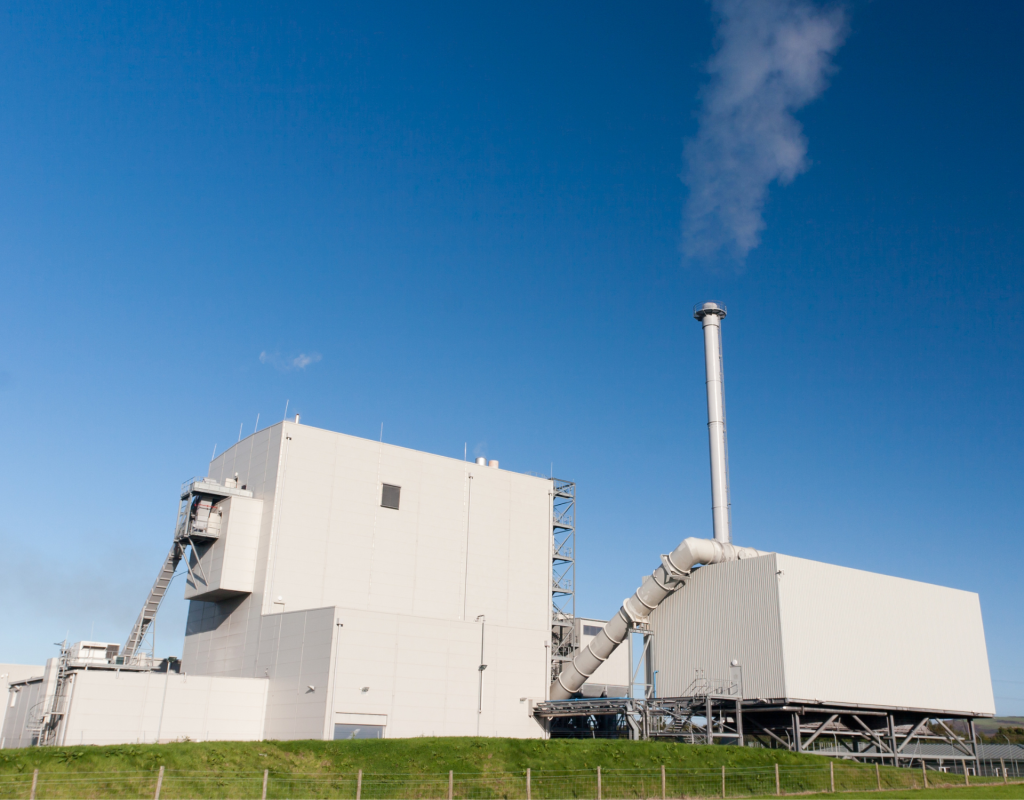
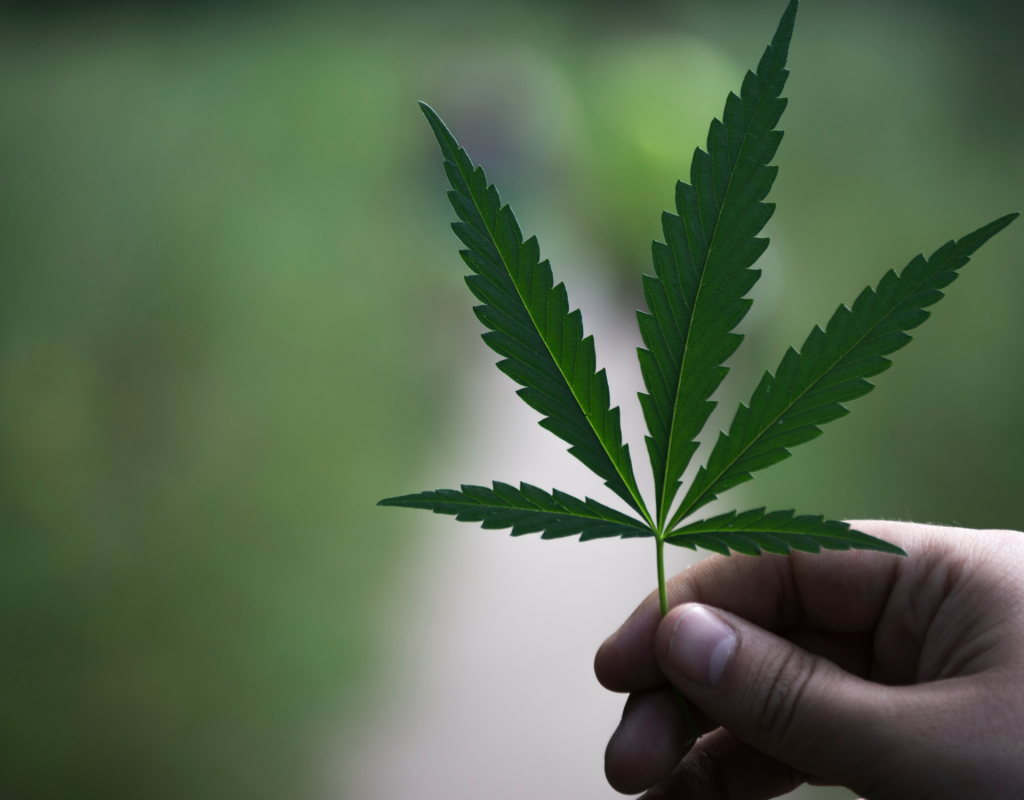
Our research is focused on exploring the potential of renewable biomass for small molecule therapeutic agents. We aim to discover and develop new drugs, drug adjuvants, nutraceuticals, cosmeceuticals, and food actives. Our focus is on natural and sub-natural small molecules that can be derived from terrestrial plants and marine/algae biomass. We use advanced techniques to determine the biological activities of the new molecular entities and functionalize natural small molecules to identify high potential therapeutic agents and potential drug adjuvants.
For example, we use various extraction methods such as microwave-assisted extraction (MAE), ultrasound-assisted extraction (UAE), and supercritical fluid extraction (SCFE) to prepare biomass extracts. Potentially, we have identified two biologically active natural small molecules (I) and (II) from the targeted biomass on which compound (II) has higher efficacy than compound (I) to treat symptoms. Later on it is found that further functionalization of compound (II) into compound (III) shows higher efficacy than compound (III). The API-II isolation from biomass and its functionalization to API-III to provide higher efficacy or highly effective APIs provide guidance to the development of higher efficacy therapeutic agents (HETAs) or high performance active pharmaceutical ingredients (HP-APIs) from the renewable biomass.
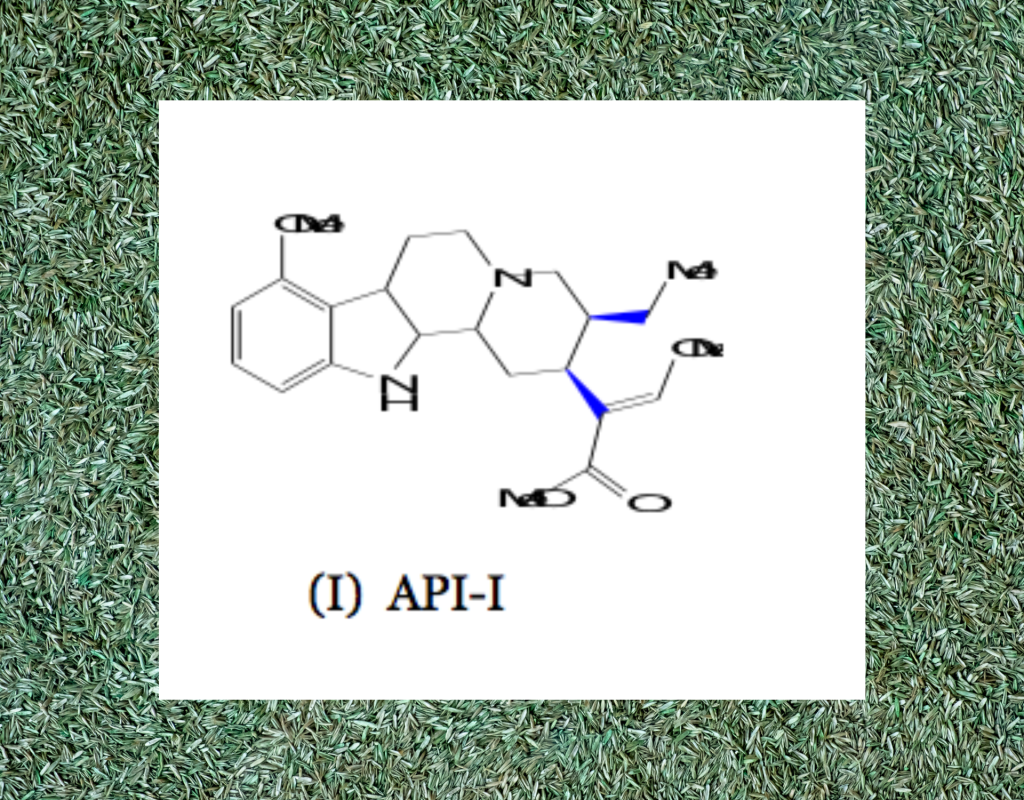
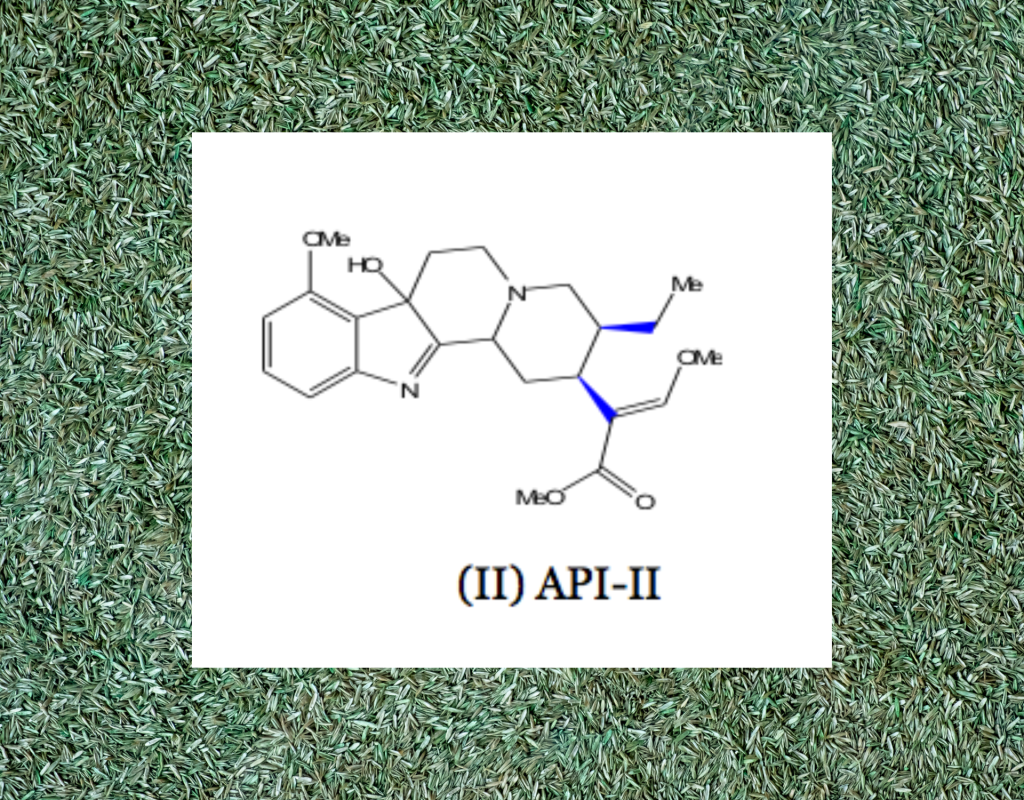
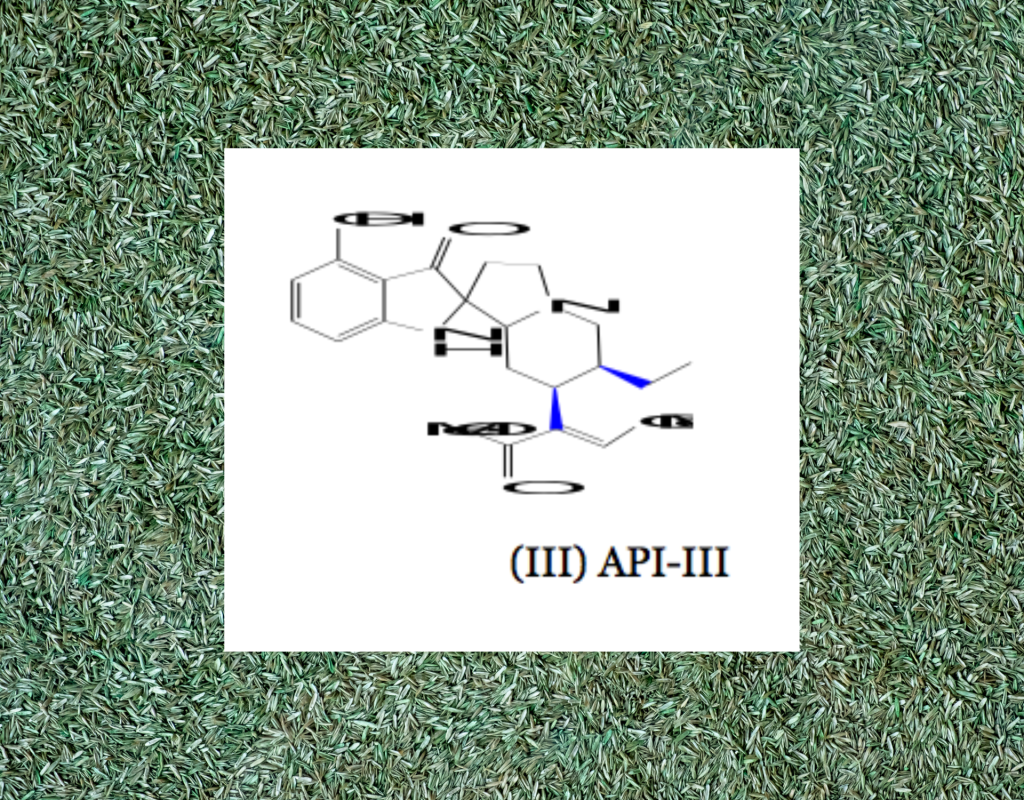
Share
Copyright © 2023 Molesci Matesci. All rights reserved.